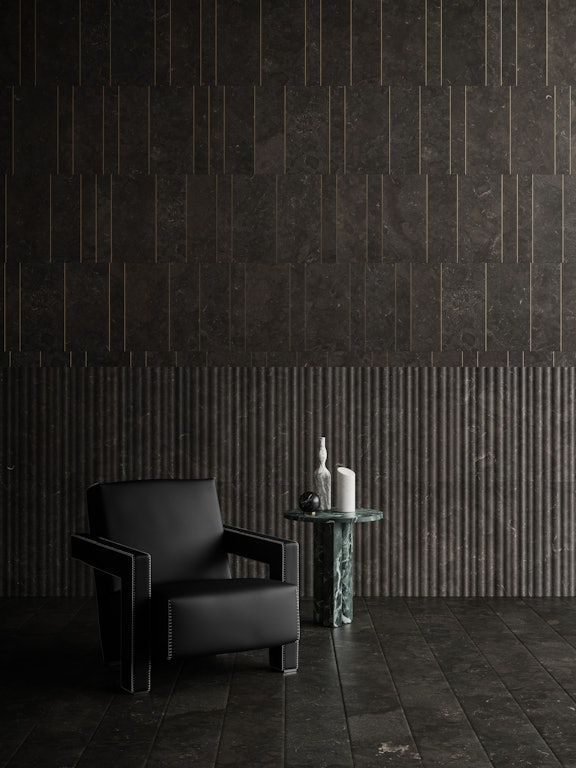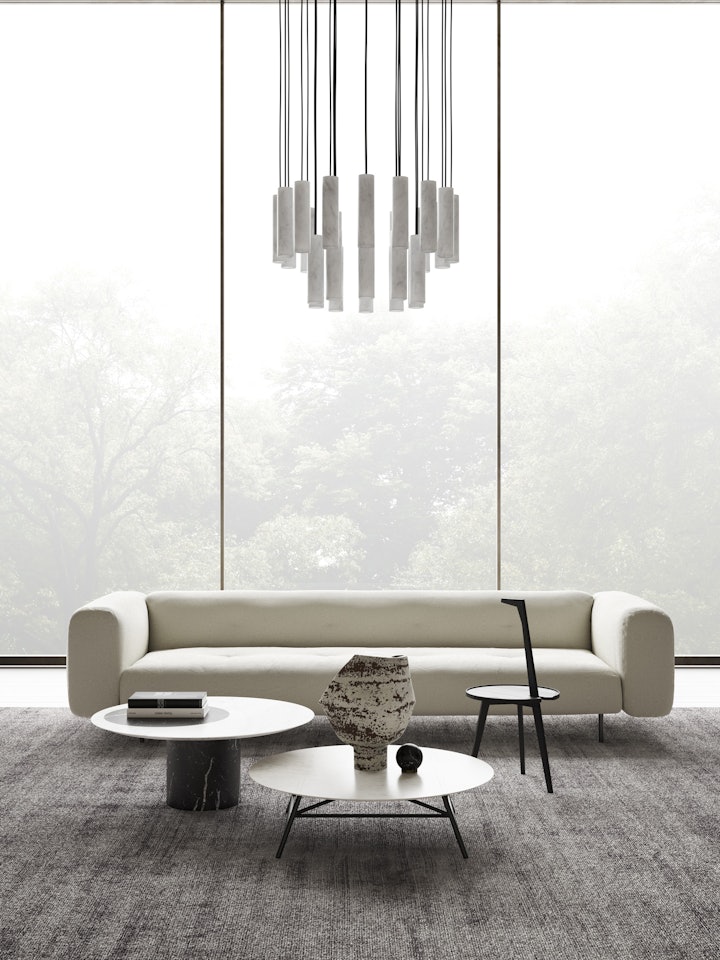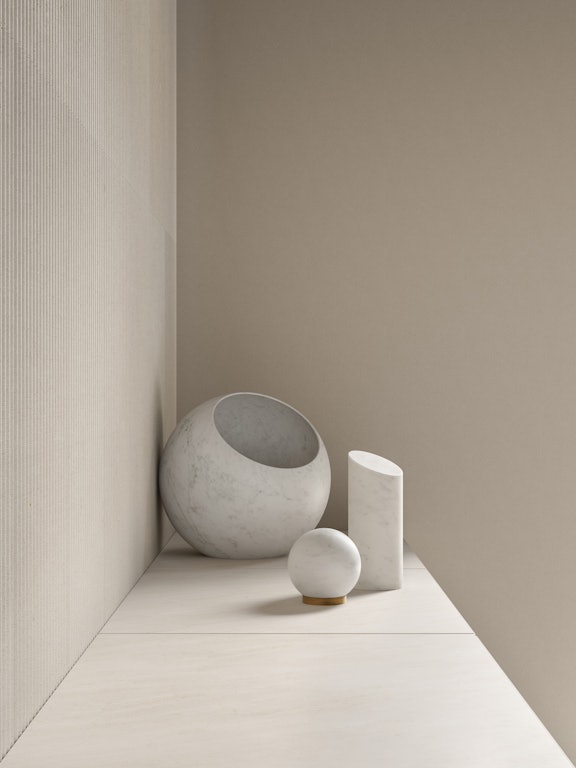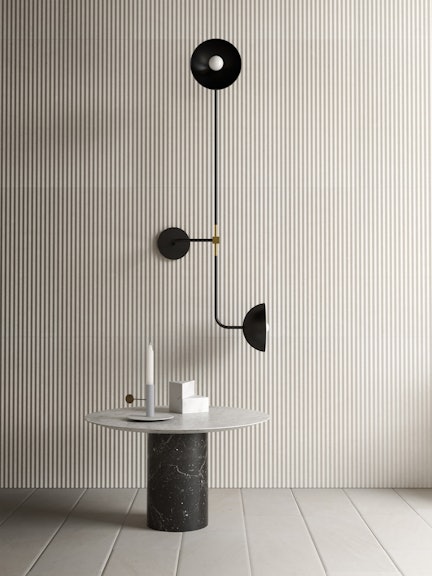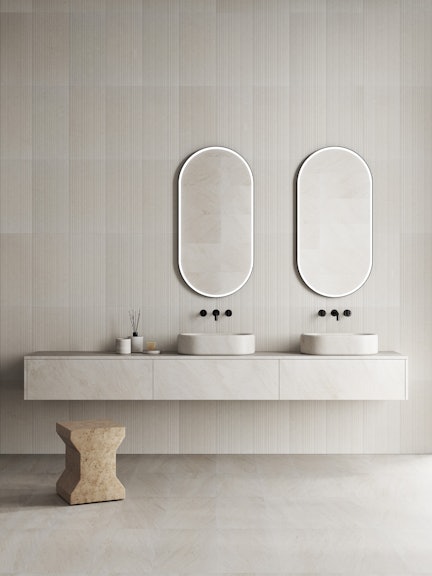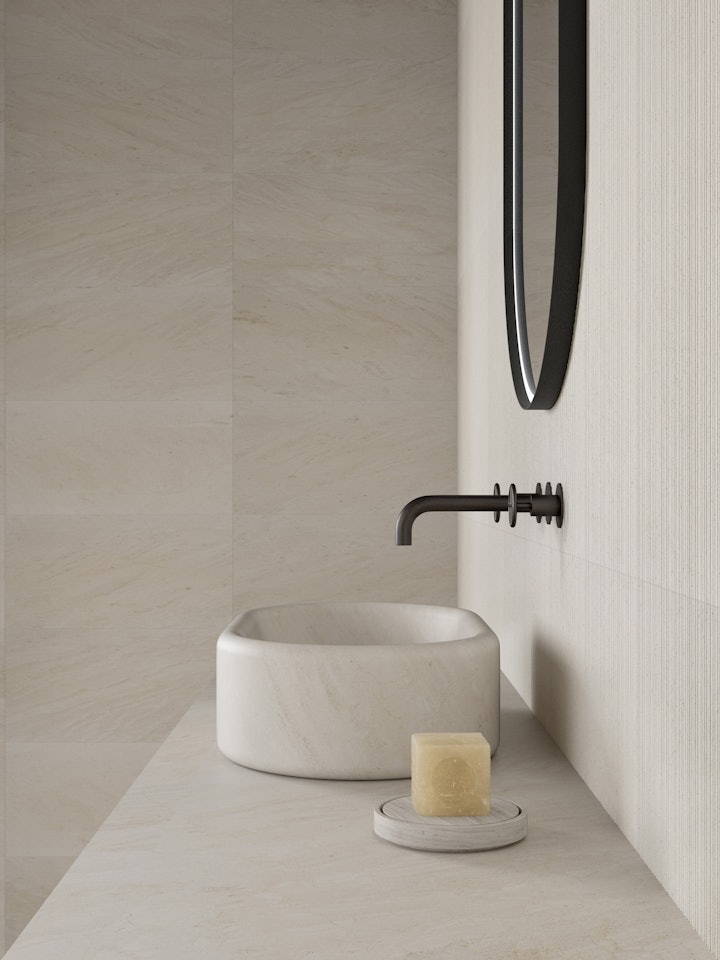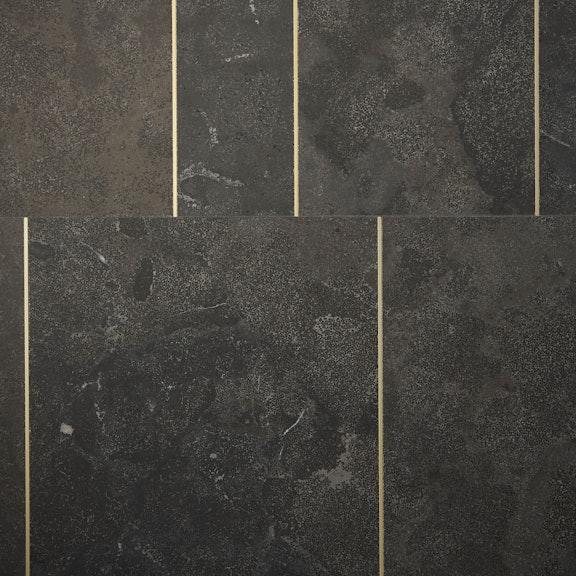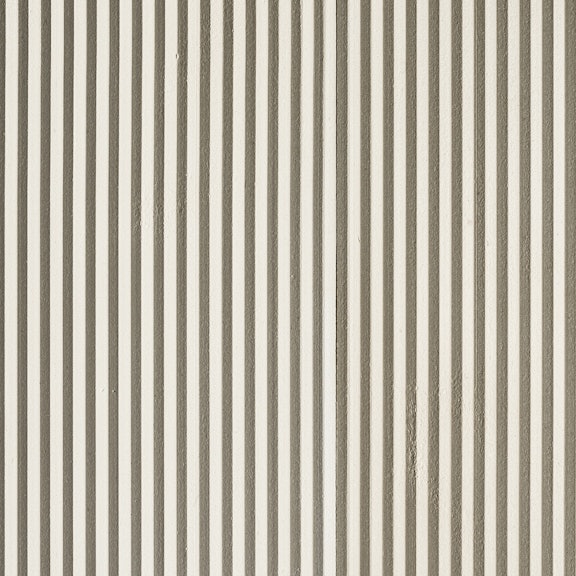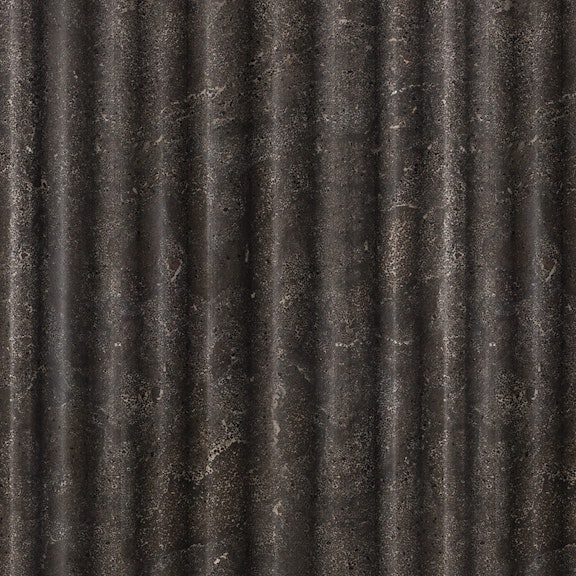Discovering Hong Kong
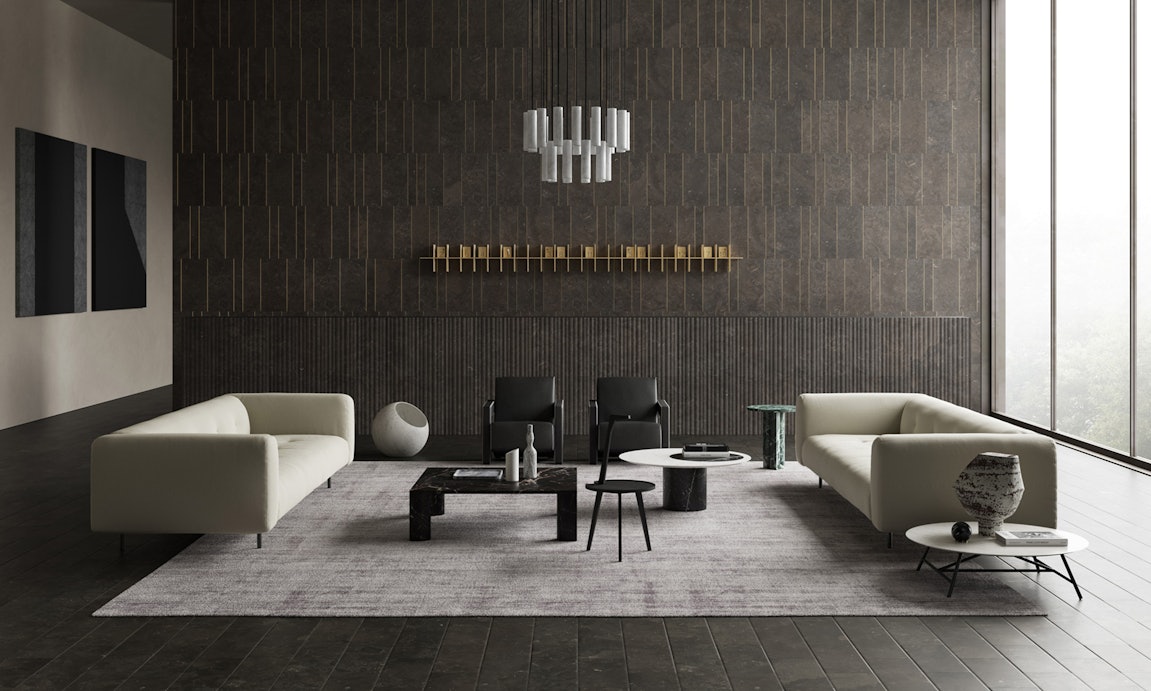
A few minutes drive from the city centre, the roads begin to wind up through forests and into mountains
Hong Kong brings to mind images of colourful, closely set apartment blocks and narrow alleyways of shops and shoppers. But, a few minutes drive from the city centre, the roads begin to wind up through forests and into mountains that tower over the metropolis. Despite being one of the most densely populated areas in the world, some 70% of Hong Kong is rural and undeveloped, and it’s here, above the bustle and the noise, that the Salvatori hotel is situated.
Like the landscape that it is set in, the hotel is cool and calm, embracing an understated contemporary feel that will remain relevant even as the city below grows and changes through the decades. The monochromatic scheme – as made explicit in the floor of Stone Parquet in Crema d’Orcia and Pietra d’Avola – is softened by the Plissé surface in Crema d’Orcia in the bedroom: the gentle vibration of the texture and the panel’s subtle variation in colour animated by the morning light.
The hotel is the perfect place from which to prepare to plunge into the city, and in the lounge area, lit by minimal, floor-to-ceiling windows, one can catch up on the news over coffee next to the almost-pictorial play of surfaces on a wall composed of Pietra d’Avola using Rain and Raw textures. Centred beneath sculptural chandelier in Bianco Carrara marble, the space is complemented by the ‘Love me, Love me not’ and Proiezioni coffee tables, ornamented with sculptures designed by Elisa Ossino; the Theca cabinet, echoing the form of the vast windows, presents accessories for the home, including products from the Ellipse collection by John Pawson and Piero Lissoni’s reed diffuser, filled with Salvatori’s natural stone-inspired fragrances.
From here, venturing into the city is a sensory overload, the maze of streets offering endless surprises – the antique shops and art galleries of Cat Street, the bars and restaurants of the crowded Lan Kwai Fong area. At the recently opened Tai Kwun art and heritage centre in Hong Kong’s business district, there is a rare window into the colonial history of the city, where architects Herzog & de Meuron have restored one of the last remaining buildings from this period, as well as a brief moment of open space in the heart of the city.
In the evening, the minimal, stylish surroundings of RŌNIN, and an elegant tasting menu of fish, seafood and whisky, function as a prelude to returning to the hotel and winding down in the still, peaceful bathroom. Enveloped by Honed Crema d’Orcia stone and the soft contours of Ossino’s Mirari mirrors and Balnea basins, the bathroom offers a space for restoration and contemplation after a day in the city, a chance for time to slow down again while basking in the simple, generously-sized bathtub as the evening light fades.
